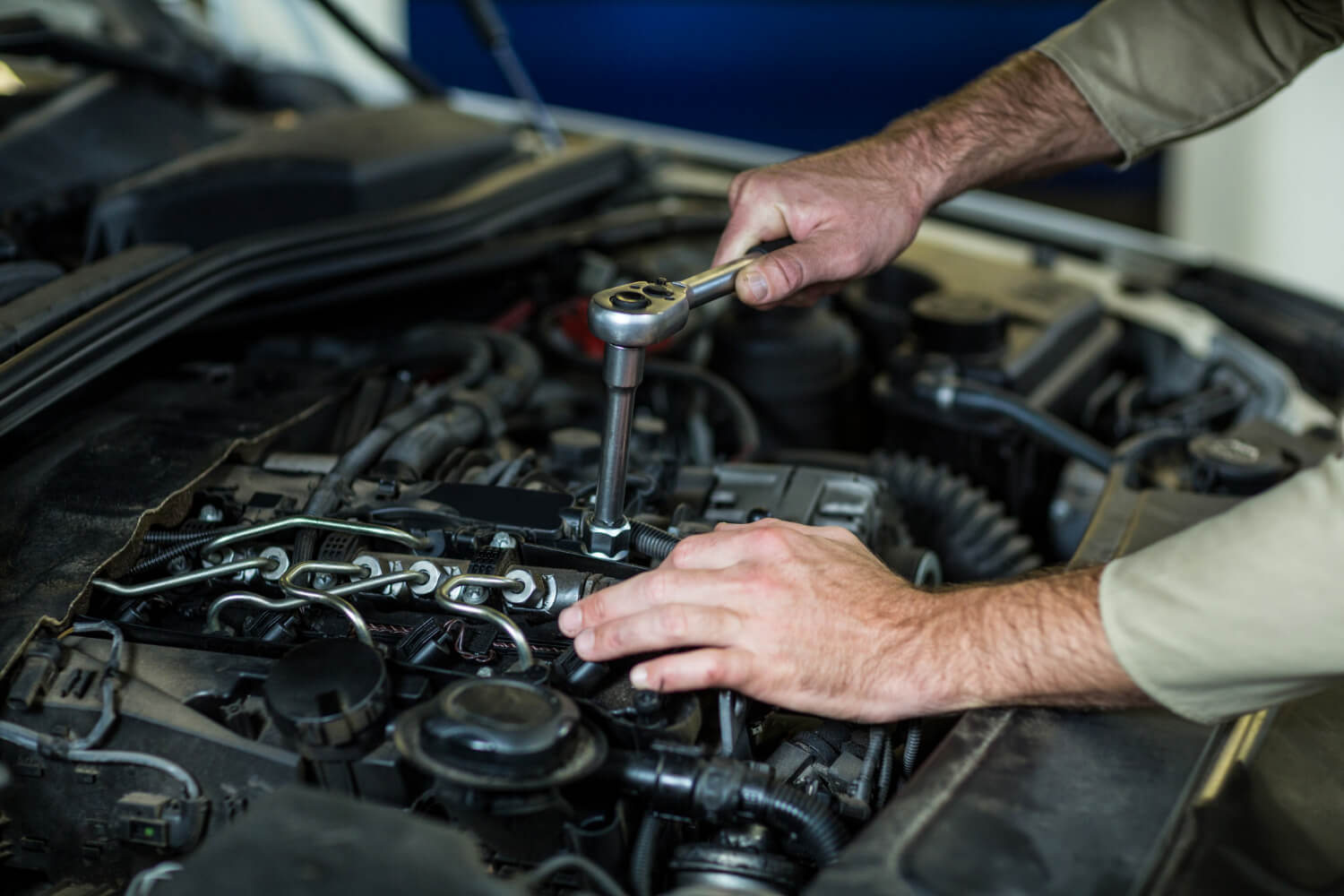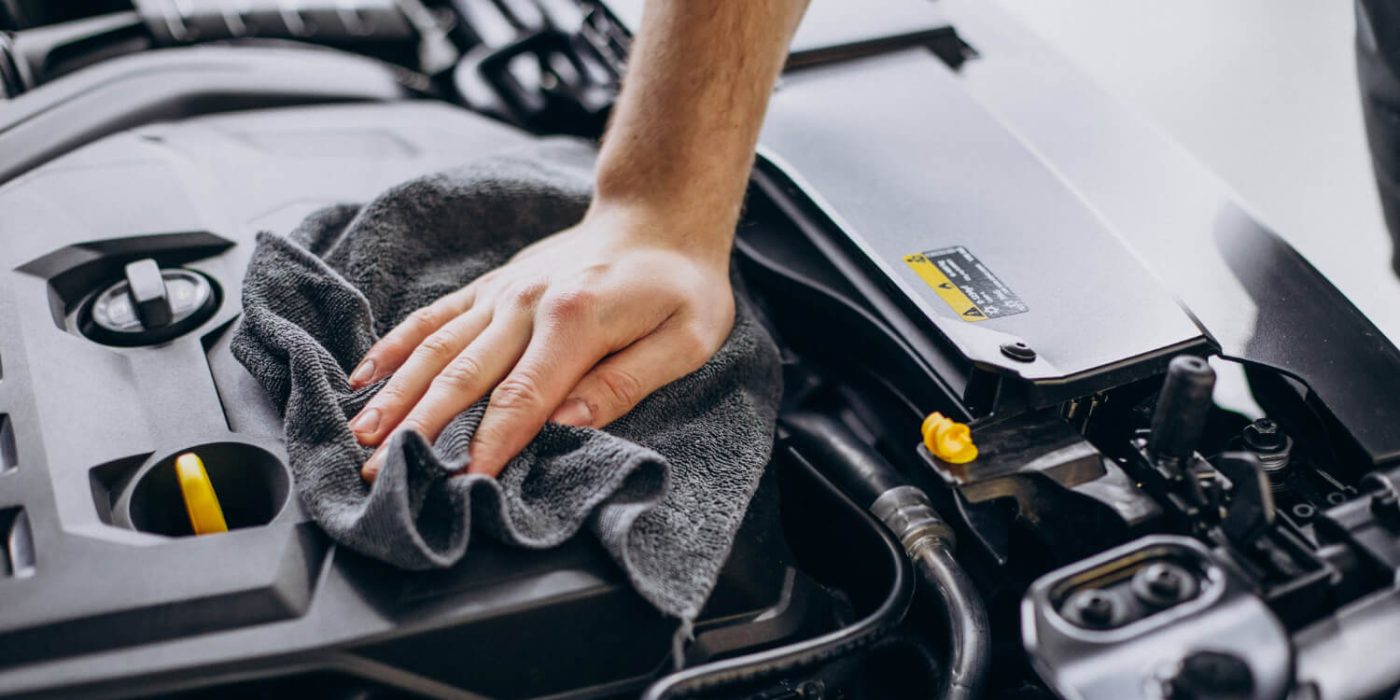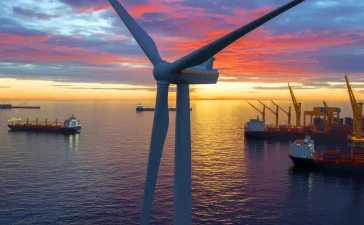What is Engine Decarbonization?
Engine decarbonization is the process of removing carbon deposits that accumulate in an engine over time. These deposits can severely affect engine performance, fuel efficiency, and longevity. Modern vehicles, despite improved fuel quality and combustion systems, are not immune to carbon buildup. One of the most effective ways to maintain engine health and performance is engine decarbonization. By keeping the engine clean, vehicle owners can ensure smoother operation, lower emissions, and better fuel economy.
Carbon deposits form naturally during the combustion process. Even high-quality fuel can leave residues on critical components like intake valves, fuel injectors, and combustion chambers. Over time, these deposits can hinder airflow, reduce fuel atomization, and decrease overall engine efficiency.
Causes and Effects of Carbon Buildup
How Carbon Forms
Carbon deposits develop due to incomplete combustion. Factors that accelerate this process include:
-
Low-quality fuel or oil
-
Frequent short trips where the engine doesn’t fully warm up
-
Heavy engine loads
-
Turbocharged engines that run hotter
Consequences of Neglecting Carbon Buildup
If not addressed, carbon deposits can lead to:
-
Rough idling and engine misfires
-
Reduced acceleration and power
-
Engine knocking or pinging
-
Increased fuel consumption
-
Higher harmful emissions
-
Long-term engine damage
Understanding these consequences shows why engine decarbonization is essential not only for vehicle performance but also for environmental compliance.
Methods of Engine Decarbonization
Chemical Cleaning
Chemical decarbonization involves adding specialized additives to the fuel or directly into the engine. These chemicals react with carbon deposits and dissolve them. This method is widely used because it is relatively inexpensive, simple, and can be done without disassembling engine parts. However, results may vary depending on the level of carbon accumulation.
Machine-Based Cleaning
Professional workshops often use machines designed to clean engine components mechanically or with targeted solvents. This process ensures that even stubborn deposits are removed, restoring engine efficiency and performance. Machine-based cleaning is precise and safe, avoiding damage to sensitive parts like sensors or fuel injectors.
Hydrogen-Based Cleaning
Hydrogen decarbonization has gained popularity as an eco-friendly alternative. Hydrogen gas reacts with carbon deposits, converting them into harmless water vapor and carbon dioxide. This method does not involve chemicals, is non-invasive, and effectively cleans even hard-to-reach areas. Companies like h2emachine.com offer hydrogen-based decarbonization services, combining efficiency with environmental responsibility.
Benefits of Engine Decarbonization
Improved Performance
Removing carbon deposits allows the engine to breathe properly, improving combustion efficiency. Drivers often notice smoother acceleration, reduced engine knocking, and more consistent power delivery.
Fuel Efficiency and Cost Savings
A decarbonized engine burns fuel more efficiently. Over time, this can lead to significant fuel savings, particularly for drivers with high-mileage vehicles or commercial fleets.
Reduced Emissions
Engines with less carbon buildup produce fewer harmful emissions. Regular decarbonization helps vehicles comply with environmental regulations and contributes to cleaner air.
Longevity of Engine Components
Carbon deposits can cause premature wear on engine parts. By regularly decarbonizing, you reduce the risk of long-term damage and costly repairs.

Maintenance and Best Practices
How Often to Decarbonize
Maintenance intervals depend on engine type, fuel quality, and driving conditions. Vehicles used mainly for short urban trips or heavy-duty applications may require more frequent decarbonization. Following manufacturer recommendations or professional advice ensures optimal results.
DIY vs Professional Services
While DIY solutions such as fuel additives and sprays can help maintain engine cleanliness between services, professional decarbonization ensures a thorough and safe cleaning process. Combining both approaches provides the best long-term results for engine performance and longevity.
Signs Your Engine Needs Decarbonization
Look out for:
-
Reduced acceleration or sluggish performance
-
Engine knocking or unusual noises
-
Poor fuel economy
-
Rough idling or frequent misfires
Promptly addressing these issues can prevent serious damage and maintain the engine in peak condition.
The Future of Engine Decarbonization
Emerging technologies are revolutionizing engine maintenance. Sensors and onboard diagnostic systems can monitor carbon buildup in real-time, alerting drivers when intervention is required. Methods like ultrasonic cleaning and hydrogen-based systems are becoming standard practice, offering non-invasive, eco-friendly solutions.
Commercial fleets are increasingly adopting decarbonization programs to maintain compliance, reduce fuel costs, and extend engine life. As technology advances, decarbonization will likely become a routine part of engine maintenance for both personal and commercial vehicles.
Conclusion
Engine decarbonization is essential for maintaining modern engines. Removing carbon deposits improves performance, fuel efficiency, and reduces emissions, while extending the lifespan of engine components. Whether using professional services or preventive DIY methods, regular decarbonization is crucial for keeping engines in top condition.
Companies like h2emachine.com provide reliable, eco-friendly solutions that maintain engine performance while minimizing environmental impact. Investing in engine decarbonization today ensures smoother operation, lower running costs, and a smaller ecological footprint, making it a key aspect of modern vehicle care.






